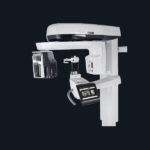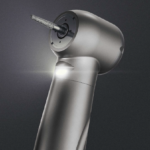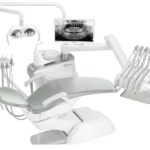
A BP Apparatus is one of the essential components in a medical setting.
Why?
Because when a patient comes into the ER, the first thing doctors would want to know is their blood pressure and heart rate.
High blood pressure is also known as a silent killer.
Moreover, it has no apparent symptoms, yet as many as half of Americans have this condition, according to the Centers for Disease Control and Prevention.
About 24% of these people have the condition under control.
Imagine the number across the world.
Hypertension can increase your risk of heart attack, stroke, kidney disease, and other seriuos health problems.
According to the American College of Cardiology and the American Heart Association, AHA, hypertension is when a person has a systolic or upper BP measurement of 130 mmHg or higher, and diastolic or lower is 80 mmHg or higher.
Keep on reading to learn more about it in detail.
Factors to Consider while buying a BP Apparatus
The following are some factors to consider when buying an apparatus for your hospital setting:
Size Matters
The size of the cuff is the most crucial feature to check when you’re buying a BP apparatus.
Moreover, the size relates to the circumference of the upper arm and a cuff that does not fit properly to the arm of the patient may give an inaccurate reading.
According to the 2017 High Blood Pressure Clinical Practice Guidelines, by both the American College of Cardiology and AHA, the sizes are:
- Adult small: Arm circumference of 22 to 26 centimeters (about 8.5 to 10 inches).
- The average size of an adult: Arm circumference of 27 to 34 centimeters (about 10.5 to 13 inches).
- Adult large: Arm circumference of 35 to 44 centimeters (about 13.5 to 17 inches).
Choose Arm Cuffs over Wrist Cuffs
Many experts recommend that you should get a monitor with an automatic cuff that wraps around the upper arm.
It is called a brachial blood pressure monitor.
However, do not get one where you need a stethoscope, according to experts.

An automatic cuff or automatic digital blood pressure monitor is the best option, and if the patients are over the age of 50, avoid cuffs that go around their wrist.
Check for Accuracy
One of the most important features of a BP apparatus or a monitor is its ability to provide consistently accurate readings.
Make sure to look for the following phrases in product descriptions when trying to find the accuracy of the monitor:
Clinically Validated: It either meets the requisite U.S. Blood Pressure Validated Device List or VDL criteria for clinical accuracy through an independent review process.
Or is otherwise independently tested for accuracy according to the standards by organizations like
- the Association for the Advancements of Medical Instrumentation
- the British and Irish Hypertension Society
- International Protocol for the Validation of Automated Blood Pressure Measuring Devices
FDA Approved: The Food and Drug Administration determines whether the device meets its criteria for blood pressure cuff devices.
Moreover, it is important to note that many BP apparatus and monitors offer an average feature as well with the goal of providing an accurate depiction of the blood pressure.
The devices take about three consecutive readings and average the together.
Thus, accounting for variability and giving a single, more accurate data set.
Furthermore, user error can also affect the accuracy significantly of the device.
Therefore, make sure to follow the product instructions on the product packaging.
Other Factors to Consider
Data Storage
A number of people at home use BP monitor devices to track their blood pressure readings over time.
In such cases, data storage of previous readings comes in handy.
Some devices tend to store around 30 readings, while others can store as many as 2,000, thus, patients can think about storage needs before purchasing a monitor.
However, when in a hospital setting data storage can help doctors to keep track of the blood pressure of the patients.
Display
Another important factor is the display.
It is important to look for devices with a clear and easy-to-read display screen.
This will help to prevent misunderstanding the blood pressure readings.
Usability
A blood pressure monitor will not be helpful if it does not feel intuitive.
Conder the way the monitor
- lays out information
- the placement of buttons
- How easy is it to place the cuff correctly
- whether the details feel natural or not
Features to Consider when getting a BP Apparatus and Monitor
Some features you should consider when getting an apparatus and monitor are:
Pulse Monitoring
The heart rate or pulse is the number of times the heart beats in one minute.
Moreover, the heart rate tends to vary from one person to another, is lower at rest while higher when exercising.
Make sure to have an apparatus or monitor at your hospital that can help monitor the pulse of the patients as well.
Indicates Irregular Heartbeat
Irregular heartbeat occurs when the electric signals that coordinate the beats of the heart do not work properly.
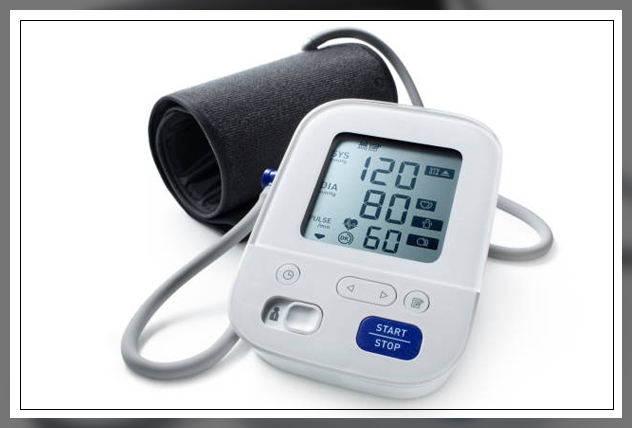
In the case of a ward for heart patients, make sure to have a monitor that can help to indicate irregular heartbeats of the patients.
Color-coded Readings
There are options for getting a monitor that shows color-coded readings.
Moreover, with the help of these color codes, you can easily treat the blood pressure stages.
As a result, it can help in case of an emergency.
Pre-formed Arm Cuffs
It is important to note that the size of the arm cuff helps to find accurate readings.
However, in case the cuff size is wrong, it can result in an inaccurate reading.
Thus, you can have pre-formed arm cuffs for a more comfortable fit and accurate reading.
Wireless Design for Easier Use
You can also look for wireless designs for easier use at a medical center.
Learn more about Pulse Oximeter: Uses, Considerations, and More here.
Automatic vs. Manual BP Apparatus and Monitors
Manual blood pressures give accurate results when a trained professional use them.
However, manual blood pressure measurements in not the one recommended type of blood pressure monitoring in the case of home settings.
Some of the common causes may include:
- inappropriate cuff size that is too small or too large
- failure to reduce patient anxiety
- uncalibrated instrument
- interaction between patient-clinician
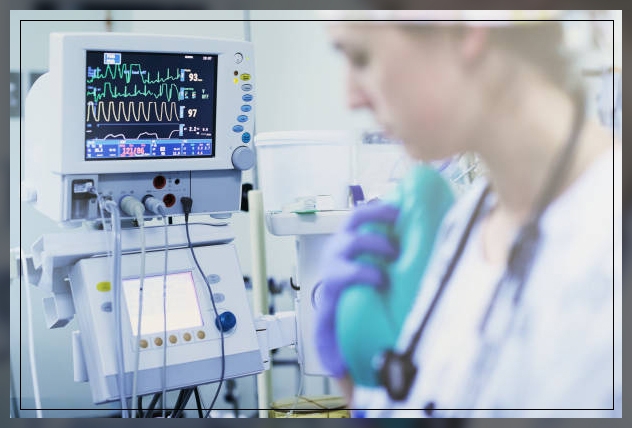
According to a study, automated blood pressure monitors help to provide accurate readings and precise measurements.
The study also states that in some cases, it may give varying blood pressure results due to a number of factors.
However, due to its obvious advantages, it is the best choice for a medical and hospital setting.
Moreover, automatic BP monitors tend to inflate the cut automatically with a single push of a button.
On the other hand, the manual model needs you to pump a bulb in order to inflate the cuff yourself.
Furthermore, the automatic BP monitor tends to perform better than the manual one.
Types of BP Monitors
There are mainly three types o BP monitors that you can choose from.
Let’s discuss them:
Upper Arm Cuff Blood Pressure Monitor
This is the most popular BP Monitor available in the markets with brands Dr. Morepen, Dr. Trust, Omron Blood Pressure Monitor, Omron Hem, etc, to check blood pressure.
Moreover, these tend to give accurate results and accurate readings.
However, if you are using a digital model then the cuff will automatically inflate and the reading will be displayed.
These days, a number of digital blood pressure monitor or machine comes with ‘risk category indicators’.
So you can have an additional benefit of having a digital BP monitor.
Furthermore, the upper arm cuff BP monitors tend to be more accurate.
Wrist Mount Blood Pressure Monitor
These monitors are fully automatic blood pressure monitor or a fully automatic bp monitor as well as easy to use.
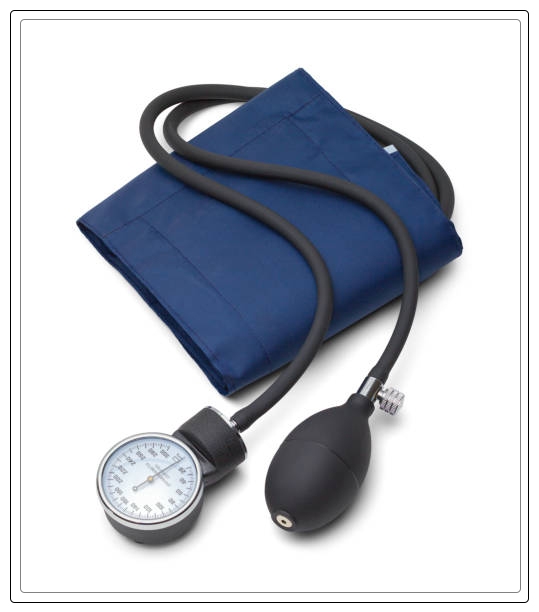
However, these are less accurate than the upper arm blood pressure monitors and cuff BP monitors.
Also, they are portable and simple to use. However, the only limitation to using them is the position of your arm.
It should be correct to get an accurate reading.
Finger Blood Pressure Monitor
This one is small, portable, and like the automatic wrist mount models, does not require a cuff.
It is important to note, however, that the readings these types give are less accurate.
But still, you use them to gauge the BP.
Final Thoughts
A BP Apparatus and monitor is a very important tool in the clinical management of patients suffering from hypertension.
According to the information and figures that a BP machine provides, a doctor can assess the environment and lifestyle of the patients. Moreover, they can help reconstruct the fitness regimen of the patients.
BP of a patient is normal as long as the figures are 120/80 mmHg. However, in case there is a fluctuation in the number it indicates an underlying issue that needs attention.
It is important to note that the best blood pressure monitor is the one your patients feel most comfortable and confident with. It should be clinically or medically validated, and come with an upper arm cuff that fits the arm, and is easy to record and keep track of the readings of the patients.
While features to consider while getting a BP apparatus or monitor are pulse monitoring, which indicates an irregular heartbeat, color-coded readings to make it easier to track blood pressure stages, pre-formed cuffs for a comfortable fit, and accurate reading, and a wireless design for easier use.


